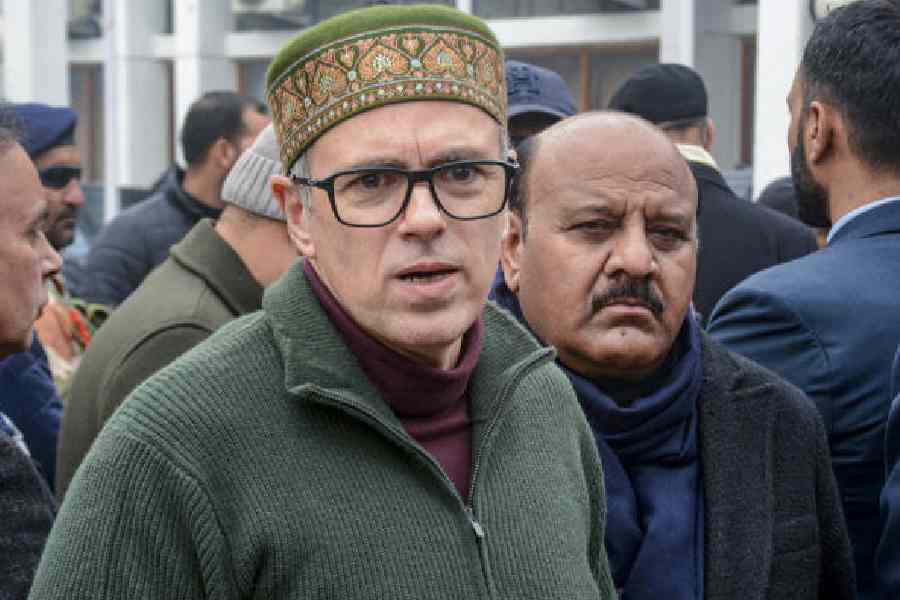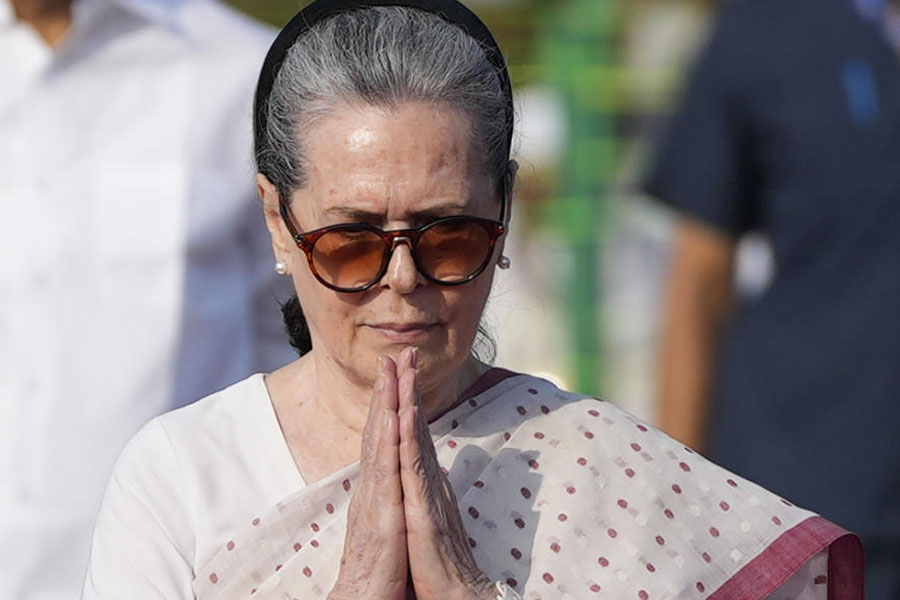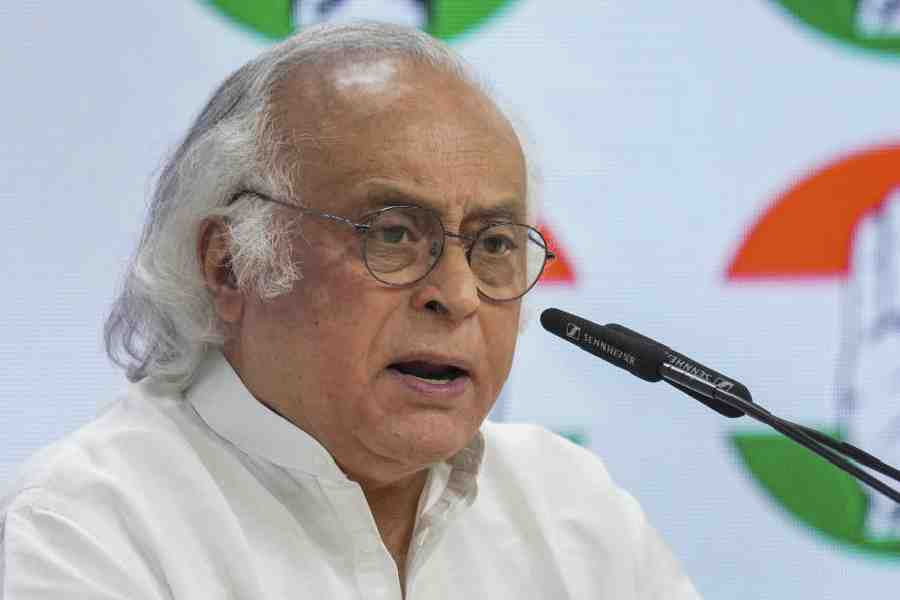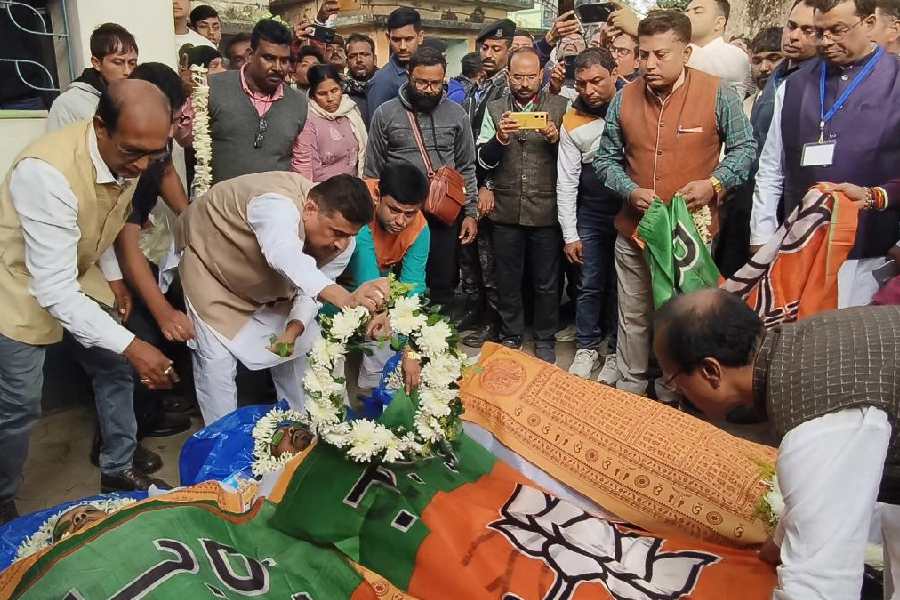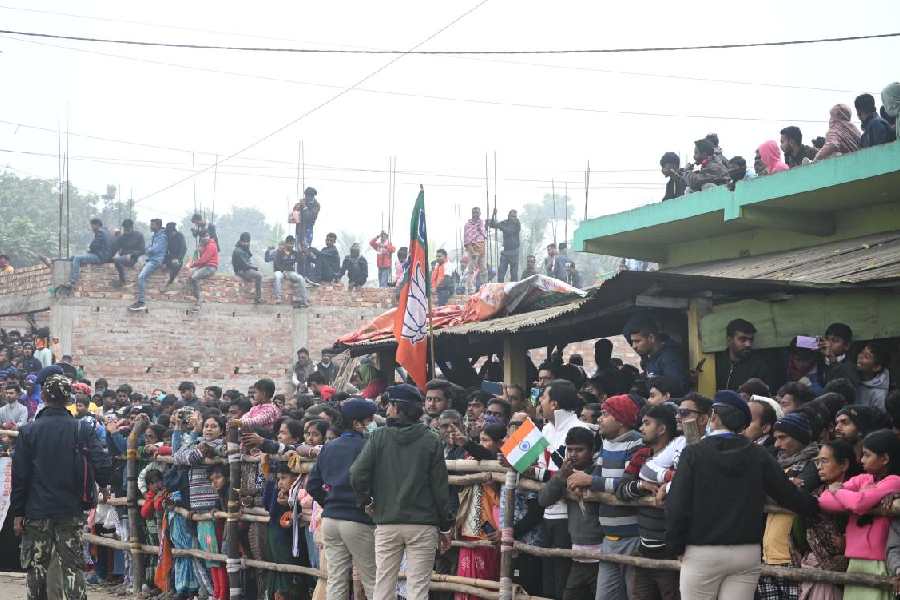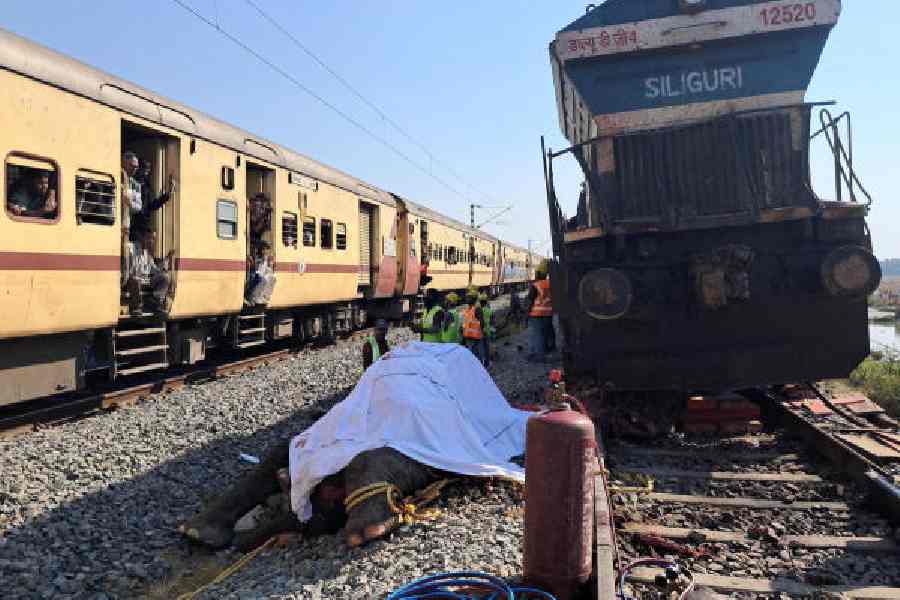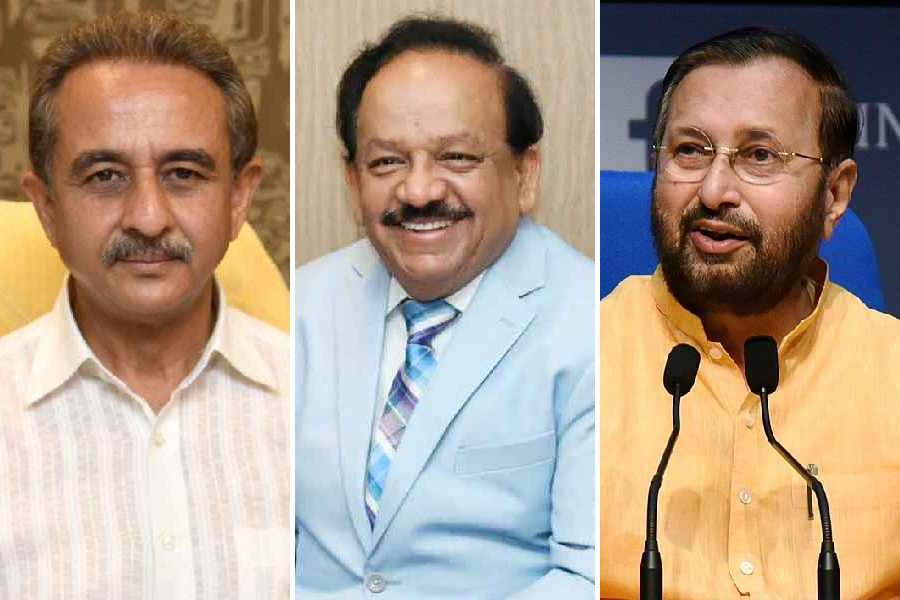 |
| Picture courtesy: Siharan Nandy |
Calcutta, March 19: An archaeological mission that had nearly ended in disappointment when the excavated remains turned out to be “a new construction with old bricks” has sprung back to life with the discovery of a second layer of ruins, possibly the largest in Bengal.
“The first layer was a red herring. This is the real thing, maybe dating back to the sixth century and older than what we had hoped to find when we began the mission,” Gautam Sengupta, the state director of archaeology and museums, said of the find.
If validated by historians, the Murshidabad ruins will be a valuable addition to other archaeological remnants in Bengal from the pre-Pala era. “We hadn’t found a mound of remains so large in Bengal before. So, we presume the pre-Pala settlement beneath will be really large and remarkable,” Sengupta said.
 |
| A face carving on stucco which can help fix the exact date. The carving with one eye is one of the main finds |
The Pala dynasty had controlled mainly what is now Bihar and Bengal from the eighth to the 12th century.
The site of the excavation is a schoolteacher’s plot in Deka-Bichkandi village, under Kandi subdivision of the district. The archaeology department had last month announced the excavation of the remains of a pre-eighth century structure, thought to be a stupa, but soon revised their opinion.
“We were stumped when the wall we were excavating ended and we couldn’t find any adjoining structures,” said Amal Roy, the superintendent of the archaeology team camping at Deka-Bichkandi.
But as the team continued digging in the hope of finding the missing link, a second layer of bricks emerged along with stucco figures that suggested they were onto something more interesting than they had hoped for. “We realised that the real structure was below 2.5 metres and lower. That is from where bricks and stucco had been torn, levelled and reused for the later-day structure above,” Roy said.
Based on the available evidence, archaeologists are convinced that what lies beneath the top layer is a pre-Pala settlement with a row of houses.
Roy said he was “pretty sure” about the find this time. “The oversized tiled bricks (measuring 39x27x7 inches) suggest that this was a very special structure.”
The list of excavated items include several terracotta lamps, fragments of copper and iron, terracotta beads, balls and bowls and decorative pieces on stucco.
“Almost 90 per cent of the terracotta items are red ware. The main finds are a lump of terracotta bearing a seal impression and a face carving. The seal is unfortunately only partially visible and the writing is almost illegible, but the stucco head — half a face with one eye and a nose — is a revealing piece,” Sengupta said.
According to the team in Deka, residents who had used a part of the field as a football and cricket ground before the excavations began might have unwittingly destroyed several artefacts.
The nearest historical sites are Karna Suvarna in Chiruti village, where there are three mounds and the remains of a monastery, and Panchstupi. All these sites are under the Archaeological Survey of India.
“There is no denying that we have chanced upon another important discovery. Although more conclusive evidence is required to establish the chronology, we do not rule out a pre-Pala date for the site. There is evidence of extensive structural activity and the size of the bricks, the use of stucco and plaster indicate an early date,” Sengupta said.


